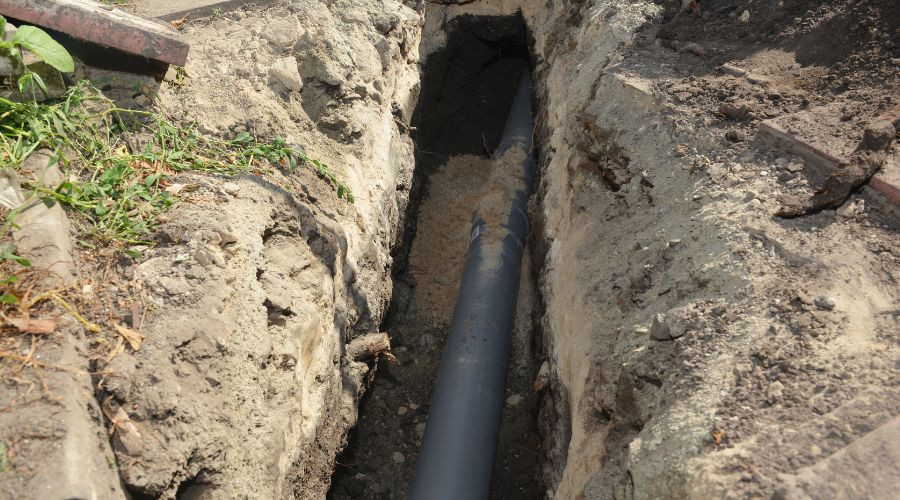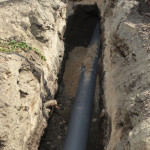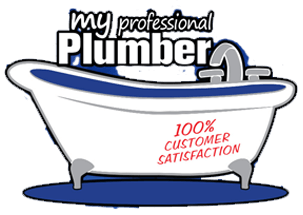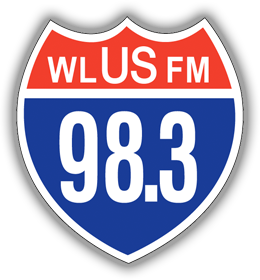Important Basics to Know About Sewer Line Repair
For homeowners facing potential drainage issues, sewer line repair can be a daunting topic. Sewer line issues can lead to significant inconveniences if not addressed promptly. Knowing the basics of sewer line repair, including how to recognize the signs of a problem, what causes damage, and the repair methods available, is crucial for maintaining the plumbing system.
What Signs Indicate Sewer Line Repair Is Needed?
 Recognizing the indicators of a sewer line leak or damage early can prevent extensive damage and costly repairs. Here are common signs that sewer line repair might be necessary:
Recognizing the indicators of a sewer line leak or damage early can prevent extensive damage and costly repairs. Here are common signs that sewer line repair might be necessary:
- Slow Draining: If sinks, bathtubs, or showers are draining more slowly than usual, this could indicate a blockage or sewer line issue. Consistent slow drainage throughout the home is a strong sign of a problem in the main sewer line.
- Backups from Drains or Toilets: Frequent or multiple backups suggest a significant clog or a problem within the sewer line itself, potentially requiring immediate attention and repair.
- A Bad Smell, Like the Smell of Sewage: Foul odors, especially around drains, sinks, or outside near drain fields, often indicate a sewer line leak or damage. This smell occurs when sewer gases escape from the plumbing system.
- Gurgling Sounds from Drains: Sounds of gurgling or bubbling can suggest trapped air due to a blockage, signifying that the sewer line might be compromised.
- Unexplained Areas of Growth in the Yard: Lush, green areas or rapid plant growth not consistent with the rest of the yard may indicate an underground leak providing extra moisture.
- Unexplained Puddles or Soggy Areas in the Yard: Wet spots that don’t quickly drain away suggest potential leaks or breaks in the sewer line.
Detecting and responding to these signs promptly with sewer line repair can prevent significant disruption and damage to the home.
What Causes Sewer Line Damage?
 Understanding the causes of sewer line damage can help homeowners minimize risks and protect their plumbing systems. Common causes include:
Understanding the causes of sewer line damage can help homeowners minimize risks and protect their plumbing systems. Common causes include:
- Shifting Soil: Natural soil movement can cause sewer lines to bend, crack, or break, leading to leaks and necessary repairs.
- Tree Roots: Trees naturally seek water sources and can infiltrate sewer lines, causing blockages and structural damage that often require trenchless sewer repair or excavation.
- Age and Corrosion: Over time, pipes can deteriorate due to age and material corrosion, leading to weakened structures prone to leaking or crumbling.
- Clogs and Blockages: Foreign objects, fat build-up, and other materials can create blockages that stress the sewer line, causing potential damage and prompting repair needs.
Understanding these causes can help homeowners take preventive measures and know when professional assessment and sewer line replacement might be warranted.
How Is Sewer Line Repair Done?
Sewer line repair approaches vary depending on the damage's extent and severity, utilizing modern technology and techniques.
Professionals employ sewer video inspection to assess the inside of sewer lines, accurately determining issues, their causes, and severity. This non-invasive method allows for a precise diagnosis.
In many cases, trenchless sewer line repair offers a less invasive solution, using techniques like pipe bursting or lining to fix damage without extensive excavation.
When damage is extensive or trenchless methods are unsuitable, traditional sewer line repair or sewer line replacement may be necessary. This method involves excavation to access and repair the affected sections of the sewer line.
Professionals determine the best approach after a thorough assessment, ensuring the selected method effectively resolves the issue and restores seamless drainage.
About My Professional Plumber
My Professional Plumber has been Knoxville County’s number-one professional plumbing company for over 13 years, handling any plumbing project. They provide 100% customer satisfaction. Call them for sewer line repairs in Knoxville, TN.
















